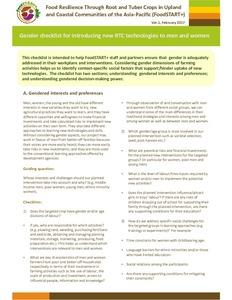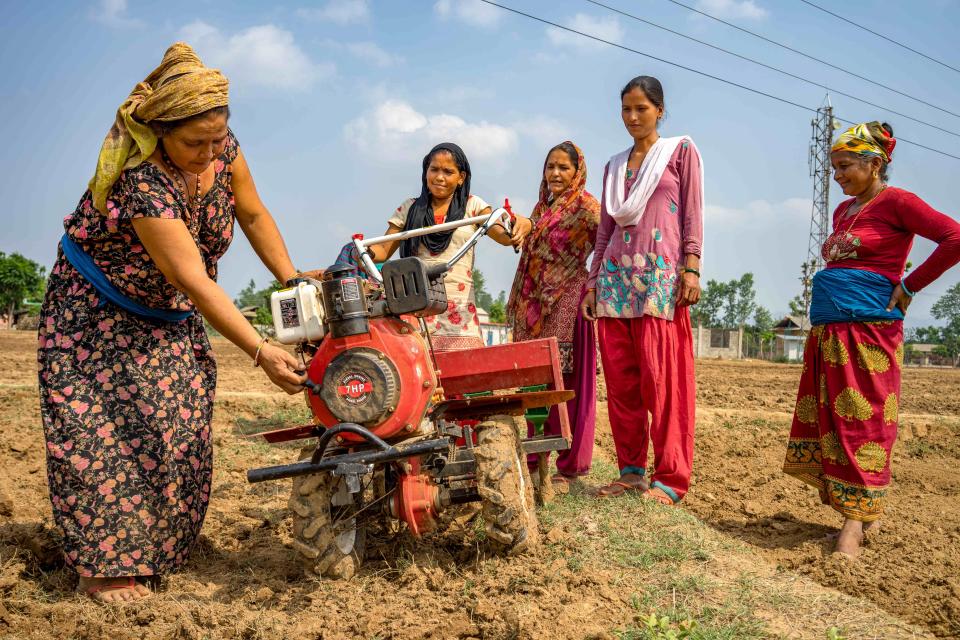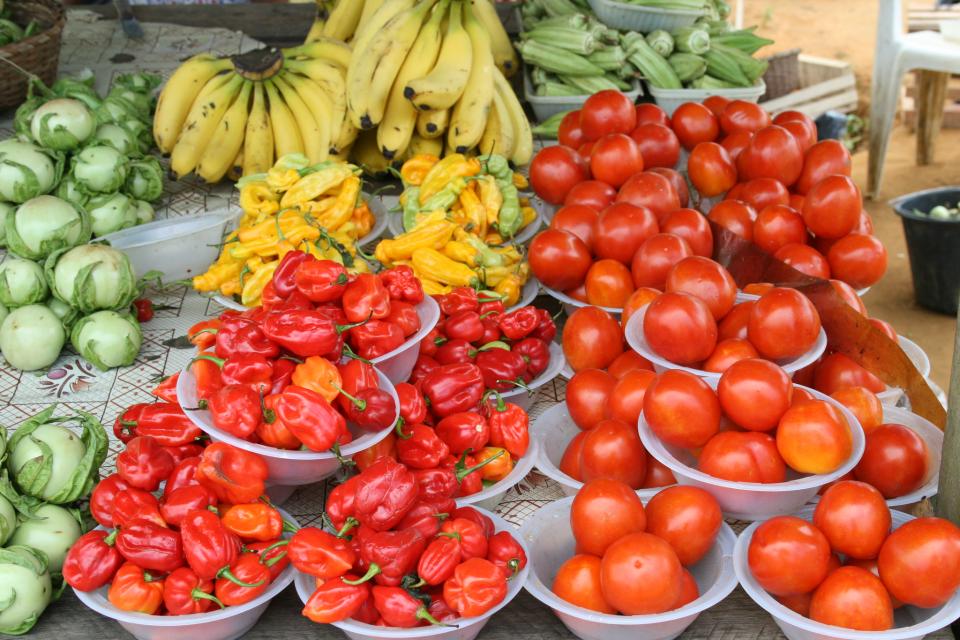Assessing whether agricultural technologies can change gender dynamics and food security
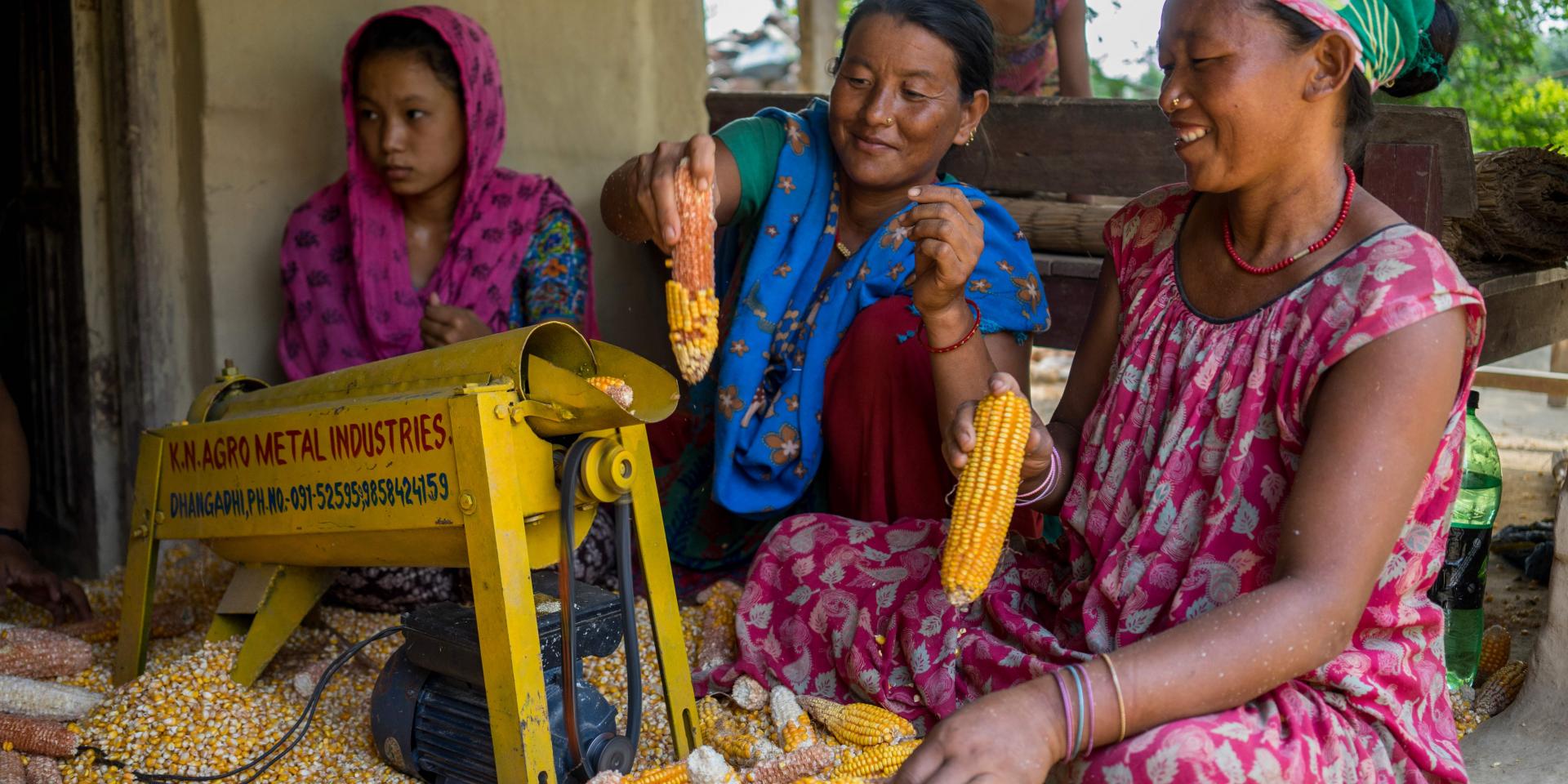 P. Lowe/CIMMYT
P. Lowe/CIMMYT
Use this toolkit to analyze the gendered impacts of an agricultural technology on time and labor; food availability, access, quality and safety; and income and assets.
Why is the toolkit important?
Agriculture extension services are very important for farmers to learn technologies for increased and more efficient production, but they often do not cater for different types of farmers and or genders. Designing and disseminating technologies in a gender-sensitive way can:
- increase technology adoption, especially for women
- lead to increased access to income and improved nutrition
By finding out which agricultural technologies address gender and nutrition in their design, we can improve on them to help increase adoption.
Who is the toolkit for?
The toolkit helps practitioners and researchers assess whether agricultural technologies are gender-responsive and nutrition-sensitive.
Countries of focus: Bangladesh, Zambia, Nepal, and Sierra Leone.
How can I use the toolkit?
Using the toolkit, researchers can assess how gender-responsive and nutrition-sensitive a technology is in its design, use and dissemination. The toolkit can then be used to improve the design and dissemination of agricultural technologies.
Each assessment should result in recommendations on:
- how the incentives to adopt the technology might be altered to appeal more to women farmers
- how to increase women’s access to benefits from the adoption of technologies
- how to design distribution models that respond to women farmers’ needs through extension agents, input suppliers, and mobile devices
The toolkit is a way to analyze:
- the relevance of the agricultural technologies to men’s and women’s current economic activities
- the extent to which women would benefit from increased income through technology adoption (e.g., via increased sales value of crop or livestock products or via wage labor)
- the different pathways for learning about and accessing the new technologies, including extension services
- enabling environmental issues that affect men’s and women’s access to productive resources
- household dynamics that facilitate or limit the capacity of women farmers to adopt selected technologies
- the potential of the technologies to improve nutrition
The toolkit also contains profiles of agricultural technologies already assessed.
When and how was it developed?
The toolkit was developed by Cultural Practice, LLC, a member of the Integrating Gender and Nutrition within Agricultural Extension Services (INGENAES) project consortium, funded by USAID.
Where can I get the toolkit? Who can I contact?
Downloaded the toolkit at INGENAES or Cultural Practice, LLC.
Cristina Manfre
culturalpractice@culturalpractice.com
Cristina Manfre, Deborah Rubin, and Caitlin Nordehn. 2017. Assessing How Agricultural Technologies can Change Gender Dynamics and Food Security Outcomes. Washington, DC: USAID (INGENEAS).
Tools, methods, manuals
Publications
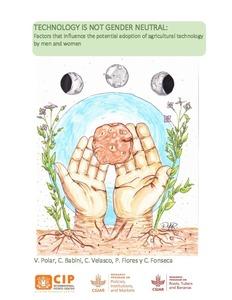
Technology is not gender neutral: factors that influence the potential adoption of agricultural technology by men and women.
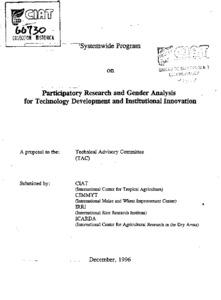
Systemwide program on participatory research gender analysis for technology development and institutional innovation
